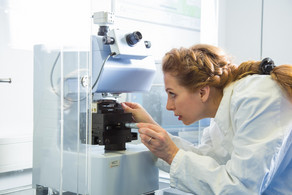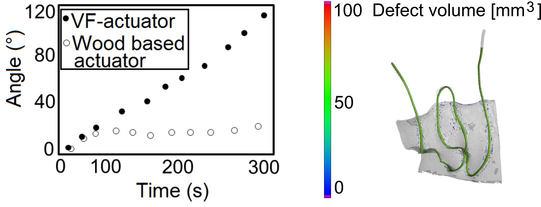Mechanism-based development and validation of a structural health monitoring for climate adaptive architectural Cottonid elements
Cottonid is a cellulose-based, sustainably available material, which exhibits new application potential nowadays due to the finite nature of fossil resources. As a function of its material thickness, Cottonid can be used as sustainable, climate adaptive functional material as well as dimensionally stable construction material. These properties define the material as an efficient candidate for the production of architectural elements for conventional structural applications as well as for innovative biomimetic architecture. In the successfully completed first phase of the joint project, basic relationships between single manufacturing as well as environmental parameters on the material behavior of Cottonid were derived. Further, the manufacturing process was optimized with the aim to increase the hygroscopicity the material. Obtained results allowed to build up a basic understanding of Cottonid‘s interaction with its environment.
With regard to the application of Cottonid as architectural element, in the running follow-up project the implementation of sensors and sensory elements (assemblies) in the material for a structural health monitoring (SHM) will be explored. By the implementation of SHM sensors and the exploration of innovative biomimetic approaches in this field, the follow-up project represents a brigde to the intended application of Cottonid elements in architecture and civil engineering.
Duration: 2021 until 2023












